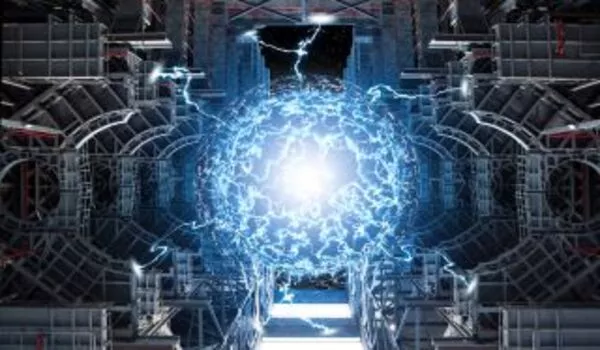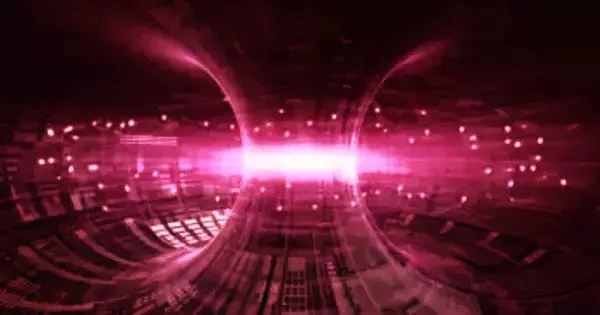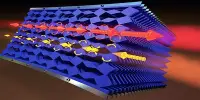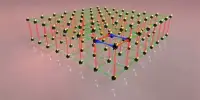Scientists at the United States Department of Energy’s (DOE) Princeton Plasma Physics Laboratory (PPPL) have refined the use of magnetic fields to improve the performance of tokamaks, which are doughnut-shaped fusion facilities. The improved technique protects internal parts from damage caused by instabilities known as “edge-localized modes” (ELMs) and allows tokamaks to run for longer periods of time without stopping.
“Our main result is that we demonstrated that our technique can suppress ELMs while maximizing plasma performance,” said Ricardo Shousha, a PPPL-affiliated graduate student in Princeton University’s Mechanical and Aerospace Engineering Department. Shousha is the lead author of a paper that describes the findings in the Physics of Plasmas.
Fusion, the power that drives the sun and stars, combines light elements in the form of plasma — the hot, charged state of matter composed of free electrons and atomic nuclei – that generate massive amounts of energy. Scientists are seeking to replicate fusion on Earth for a virtually inexhaustible supply of power to generate electricity.
Our main result is that we demonstrated that our technique can suppress ELMs while maximizing plasma performance. The idea is that if we can detect these precursor signals quickly, we can act before the impending ELM appears and potentially prevent it
Ricardo Shousha
The researchers studied conditions that cause the center of plasma to become extremely hot and dense at the Korea Superconducting Tokamak Advanced Research (KSTAR) facility. This desirable state, known as H-mode, can occur when there is a sharp separation between the center and the colder edge; scientists prefer H-mode plasma because it produces more efficient fusion reactions. However, because the temperature and density of the two regions are so dissimilar, ELM instabilities form along the boundary, much like thunderstorms can form where hot and cold fronts collide. These instabilities can result in spurts resembling solar flares, which are massive burps of plasma that erupt from the sun’s surface.
When these events occur in tokamaks, they can cause damage to the inner walls and components, necessitating a machine shutdown for repairs. The risk is even greater for ITER, the multinational tokamak being built in Cadarache, France to demonstrate the feasibility of fusion as a large-scale, carbon-free source of energy, because that device will produce plasma with far more heat and power than current tokamak plasmas.

As a result, physicists are in a pickle. They want the plasma to be in H-mode, but H-mode causes instabilities that could damage the tokamak. Shousha and the other researchers concentrated on using magnetic fields to dampen the instabilities, a method discovered in 2003. The applied fields reduce instabilities by allowing particles to flow through the boundary. However, as the plasma cools, the fusion reactions become less efficient.
The research team solved this problem by combining magnets with a feedback system. The combination determines the weakest magnetic field that can suppress the ELMs while minimizing how much the fields degrade the H-mode conditions. “That’s the novel aspect of our research,” Shousha explained.
The dedication of the graduate students, combined with an international network of researchers and institutions, produced the results. “Being a part of PPPL and Princeton University is a fantastic opportunity for graduate students,” said Egemen Kolemen, an associate professor in Princeton University’s mechanical and aerospace engineering department who also has a joint appointment with PPPL and is a co-author of the paper. “They can conduct experiments anywhere in the world – the United States, China, Germany, and South Korea – and have access to these powerful machines. And they perform admirably. We have the means as long as they have the desire.”
The scientists intend to improve their system so that it can detect signals that herald the arrival of ELMs, allowing the magnets to begin preventing them before they occur. “The idea is that if we can detect these precursor signals quickly, we can act before the impending ELM appears and potentially prevent it,” Shousha explained.














